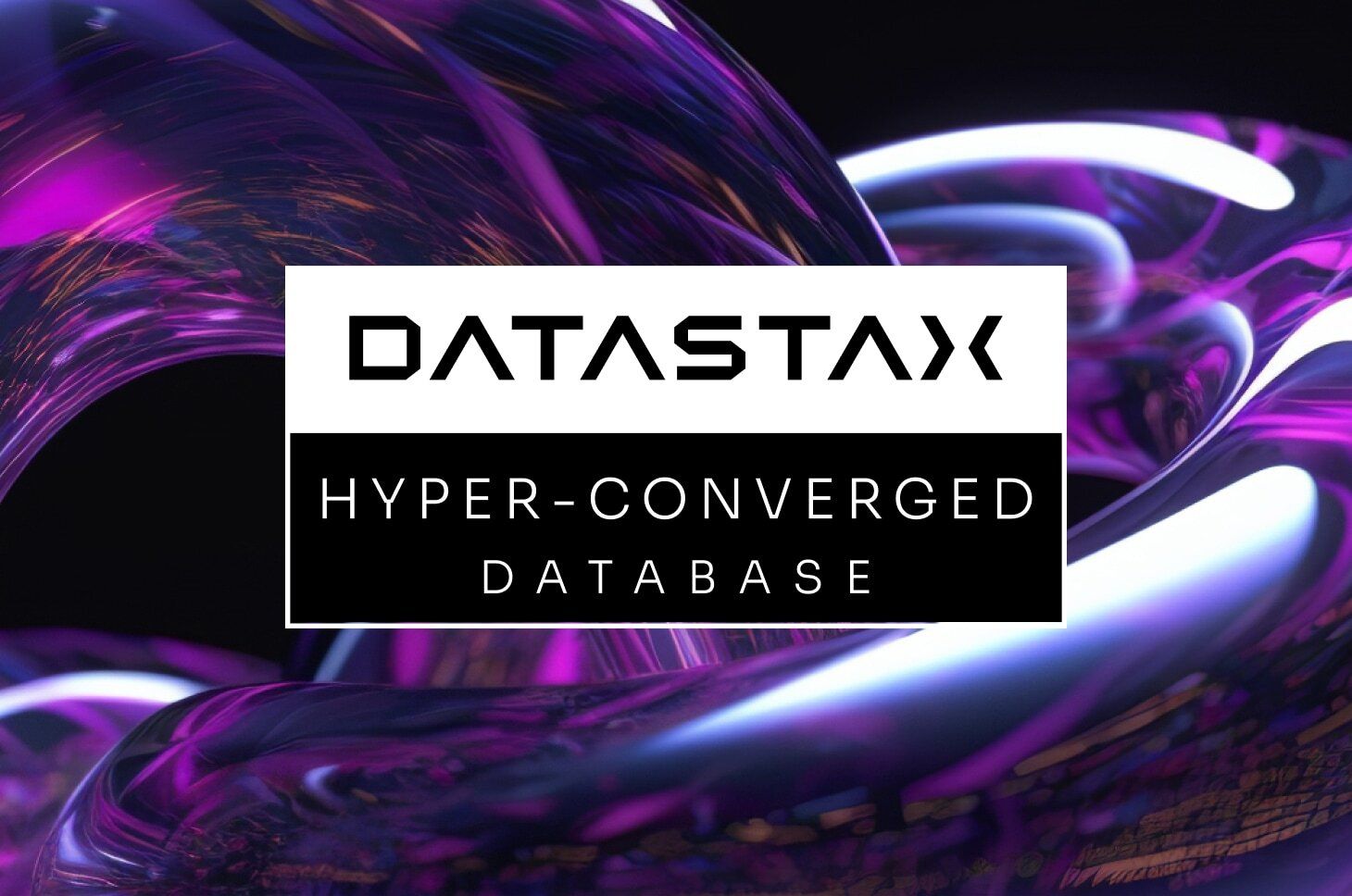You can be forgiven for believing Oracle is the world’s largest database vendor. After all, Oracle claimed that honor for decades. No more. Today Microsoft is the world’s largest database vendor by revenue, as Gartner highlights in a 2022 report, with AWS skipping past Oracle to take second place. Oracle, perhaps out of sheer inertia, comes in third but has lost ground each of the past two years. Google takes fourth. What has caused this tectonic shift in the database market? Cloud.
As Gartner’s Merv Adrian recently wrote, “The biggest [database] market story continues to be the enormous impact of revenue shifting to the cloud.” This is a true statement but incomplete because it’s not just cloud that has upended the once-staid database market. Rather, the combination of open source and cloud has changed how we manage our data, perhaps forever.
A one-two punch to legacy databases
If you’re a legacy vendor looking for someone to blame, look no farther than developers. For years enterprises paid tithes to the not-so-holy database trinity of Oracle, Microsoft, and IBM. Developers had no choice but to use whatever the legal or purchasing departments approved. At least, until open source entered the scene.
The first version of PostgreSQL was released in 1986, and MySQL followed less than a decade later in 1995. Neither displaced the incumbents—at least, not for traditional workloads. MySQL arguably took the smarter path early on, powering a host of new applications and becoming the “M” in the famous LAMP stack (Linux, Apache, MySQL, PhP/Perl/Python) that developers used to build the first wave of websites. Oracle, SQL Server, and DB2, meanwhile, kept to their course of running the “serious” workloads powering the enterprise. Developers loved these open source databases because they offered freedom to build without much friction from traditional gatekeepers like legal and purchasing. Along the way, open source made inroads with IT buyers, as Gartner showcases.
Then the cloud happened and pushed database evolution into overdrive.
Unlike open source, which came from smaller communities and companies, the cloud came with multibillion-dollar engineering budgets, as I wrote in 2016. Rather than reinvent the open source database wheel, the cloud giants embraced databases such as MySQL and turned them into cloud services like Amazon RDS. Suddenly MySQL (which Oracle founder Larry Ellison trashed in 2018 despite owning MySQL through Oracle’s acquisition of Sun) had the industrial heft to power enterprise applications at scale. Sure, Oracle or DB2 were still behind an enterprise’s ERP system, but for much of the rest, cloud database services for Apache Cassandra, MongoDB (disclosure: I work for MongoDB), MySQL, PostgreSQL, and more powered the next wave of Internet and enterprise applications.
Of course, “the greatest force in legacy databases is inertia,” as Adrian has declared. But that inertia is giving way to cloud convenience.
Cloud convenience and the database market
Take a look at DB-Engines’ ranking of the world’s most popular databases, and you’ll notice that while inertia has kept Oracle on top (measured in terms of job postings, Google searches, and more), its relative position has been losing ground to open source engines for years. If you look at the top 50 databases, the relative ascent of cloud databases has been dramatic. You can watch the rise and fall of databases in this handy video DB-Engines produced. Gartner analyst Adam Ronthal has another way of looking at the database market’s shift to cloud, albeit measured by revenue.
The companies that embraced cloud early have fared well. Adrian points out that AWS has grown at nearly double the rate of the overall database market, while Microsoft’s bet on cloud has kept it almost in line with that market rate of 22.3%. By contrast, “Oracle’s revenue in the cloud has grown well below market rates,” says Adrian. For a company that long derided the cloud as “vapor,” Oracle’s fall is perhaps not surprising. Customers have noticed, too. Former Gartner analyst Fintan Ryan told me that during his time at Gartner he heard “pretty much zero mentions of [Oracle for] net-new [applications] in that time.” Instead, customers mentioned Oracle in the context of “sustaining for existing data or migration.”
What does this mean for enterprise IT buyers?
First, there’s arguably no way to put the “open source plus cloud” genie back in the bottle. Developers have easy access to the databases they want and can easily run them through managed services such as Google’s BigQuery.
Second, IT professionals need to get comfortable with a new breed of IT vendor. It’s unlikely that legacy IT companies will be first choice for new workloads, as Ryan intimates. Sure, you’re somewhat stuck on old databases for old workloads, though companies offer a bevy of tools for migrating to more modern, cloud-based databases. (Inertia stinks—it took Amazon 14 years to get off Oracle.) But for the workloads that will power your enterprise into the future, you’re almost certainly going to be working with a whole new class of database vendors, with the exception of Microsoft, which has managed the transition to the cloud quite well. Are you ready? Your developers certainly are.



